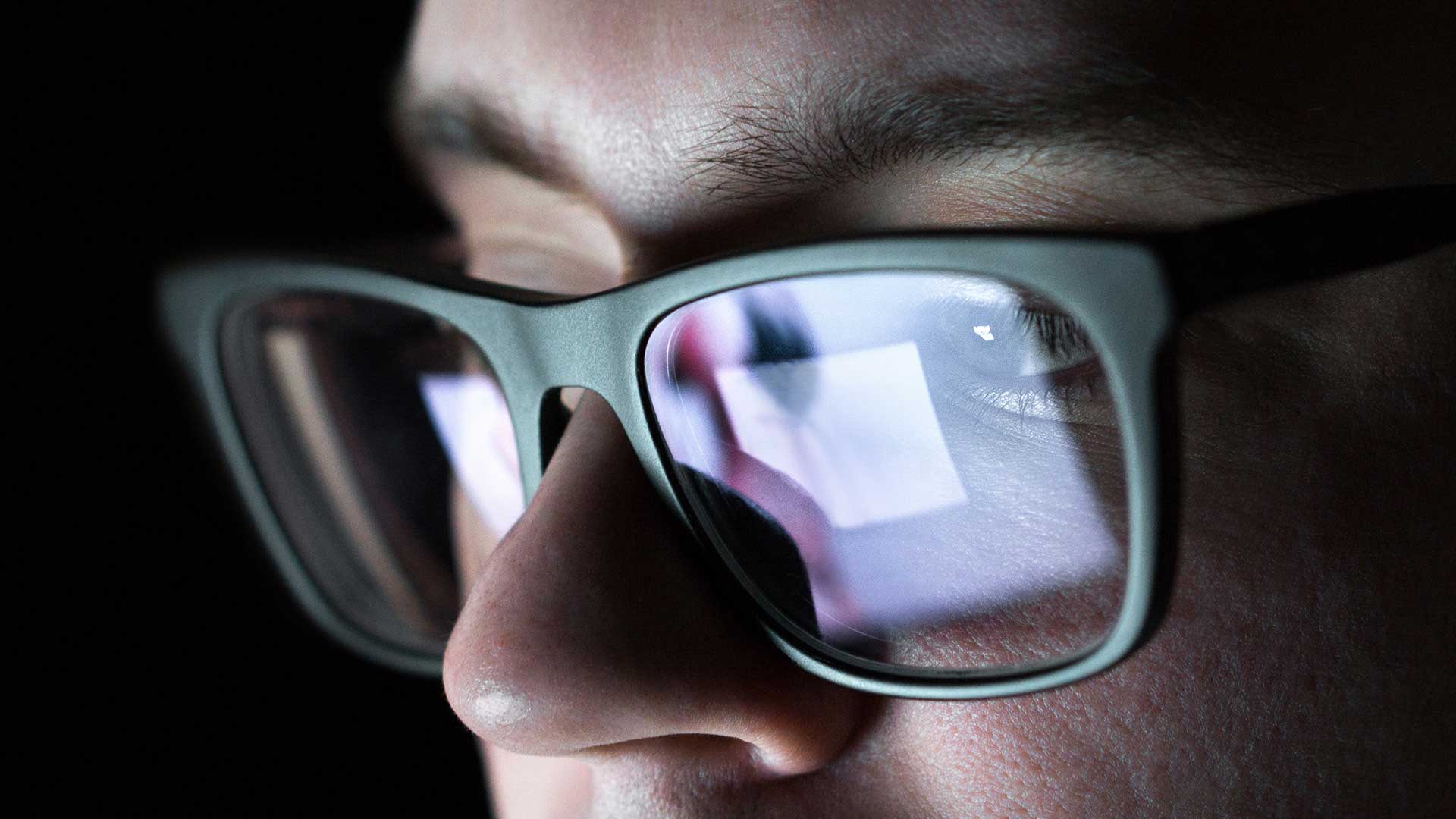The challenge
Clean Air Zones (CAZs) are designated urban areas where vehicles which do not meet emissions standards, particularly regarding nitrogen oxide (NOx) and dioxide (NO2) are banned or discouraged through the requirement to pay a fee, in order to improve local air quality. All types of vehicles are covered by CAZ regulations, including buses whose routes take them through the area. The introduction of the Euro V emissions standard in 2008 led to large-scale investment by bus companies into compliant bus models. Since then, more stringent standards have been introduced, and while many ’Euro V’ buses are still commercially viable vehicles they would fail to meet the Euro VI standards applied to current CAZs.
Rather than being replaced by newer models, such vehicles can be retrofitted with approved Selective Catalytic Reduction (SCR) technology which is designed to ensure emissions reach Euro VI standards. The Joint Air Quality Unit (JAQU), set up by the Department for Environment, Food and Rural Affairs (Defra) and the Department for Transport (DfT), has provided funding to carry this retrofitting out. However recent reporting has suggested that SCR technology may not be performing as expected, as NOx and NO2 emissions are not reducing as anticipated. JAQU therefore undertook a six-month programme exploring the potential drivers of underperformance, and asking the following two questions:
- Why have NOx and NO2 emissions not reduced as much as originally anticipated?
- What is the scope for achieving and maintaining greater NOx and NO2 emission reductions from retrofitted buses?
What we did
Our work for JAQU focussed on the human factors contributing to this lower-than-expected level of performance – in particular, how the installation, use and maintenance of SCR technology by a range of actors might affect its performance.
We began with 10 online interviews with stakeholders engaged at different points in this process, to establish their understanding of the ‘work as imagined’ (the ‘ideal’ stages through which retrofitted buses should move, what should be done at each stage and who the relevant actors in the context are), as well as exploring workplace practices. Following these, we conducted four site visits to bus depots or central maintenance facilities.
During these visits, researchers observed behaviour in-situ, and spoke to a broad mix of depot managers, engineering directors, retrofit project managers and maintenance technicians with experience of SCR technology from various suppliers. Semi-formal discussions during workers’ breaks helped researchers to piece together how different actors interacted; and on some sites, they were able to see vehicles with the retrofit technology installed and to take photos.
What we found
At the outset, there was some uncertainty about whether or not human factors would have a significant influence on the performance of SCR technology. As we discovered, however, human factors were operating at every stage of the journey, from variation in contracting arrangements to installation errors and inconsistencies, to a lack of telematics performance monitoring, to shortfalls in maintenance and identifying faults. Some scope to improve performance was apparent, but overall DfT concluded that “the complexity of the human factors at play in response to the influences of the wider system limit the scope for achieving better retrofit performance.” Government funding and accreditation for new bus retrofits was terminated in September 2024, alongside an announcement of steps to enhance monitoring and maintenance for retrofitted buses that are already in service.
Our latest thinking
Subscribe to receive regular updates on our latest thinking and research across the public policy agenda.
Our expert teams around the world regularly produce research and insights relating to public policy issues.
If you are interested, please provide your details. You can unsubscribe at any time.







